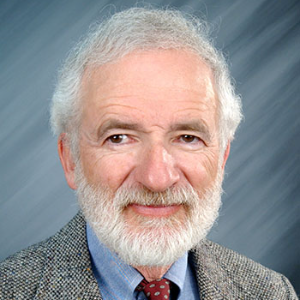Title : Advanced concepts for ultra- high conversion efficiency of solar photons into photovoltaics and solar fuels based on quantization effects in nanostructures and molecular singlet fission
Abstract:
In order to utilize solar power for the production of solar electricity and solar fuels on a global scale, it will be necessary to develop solar photon conversion systems that have an appropriate combination of high efficiency (delivered watts/m2) and low capital cost ($/m2). One potential, long-term approach to attain high conversion efficiencies above (by a factor of 2) the well-known Shockley-Queisser thermodynamic limit of 33% is to utilize the unique properties of quantum dot/rod (QD/QR) nanostructures and Singlet Fission (SF) in molecular chromophores, to control the relaxation dynamics of photogenerated hot carriers and excited states in photoexcited molecules to produce either enhanced photocurrent through efficient photogenerated electron-hole pair (ie, exciton) multiplication or enhanced photopotential through hot electron transport and transfer processes. To achieve these desirable effects it is necessary to understand and control the dynamics of SF and hot electron and hole cooling, charge transport, and interfacial charge transfer of the photogenerated carriers. These fundamental dynamics in various bulk and quantized nanoscale semiconductors and SF molecules have been studied for many years using various spectroscopies with fs to ns time resolution. The prediction that the generation of more than one electron-hole pair (which exist as excitons in size-quantized nanostructures and photoexcited molecules) per absorbed photon would be an efficient process in QDs,QRs and SF molecules, has been confirmed over the past years in different classes of materials, molecules, and in their device architectures. Very efficient and ultrafast multiple exciton generation (MEG), also called Carrier Multiplication (CM), and SF from absorbed single higher energy photons has been reported in many quantized semiconductors and molecules and associated solar photon conversion devices for solar electricity and solar fuels (e.g. H2) production. Selected aspects of this work will be summarized and recent advances will be discussed, including the very remarkable and extremely large beneficial theoretical effects obtain when combining MEG with solar concentration. The analogous MEG effect in SF molecules and its use in molecular-based solar cells will also be discussed.


